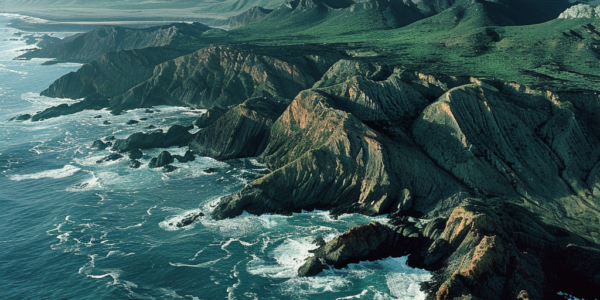Study Reveals Conditions for Life’s Origins on Earth and Beyond
A groundbreaking study published in eLife reveals that gas flow over water in early Earth environments may have facilitated nucleic acid replication, crucial for the emergence of life. The research highlights volcanic islands as potential cradles for life, suggesting simpler conditions for life’s origins and opening new possibilities for extraterrestrial life. Discover how this study reshapes our understanding of life’s beginnings and its potential beyond Earth.
Strange Structures Discovered in the Pacific Could Revolutionize Our Understanding of Earth’s History
A recent study led by geophysicist Simon Lamb and scientist Cornel de Ronde has revealed surprising findings that could revolutionize our understanding of the Earth’s early history and the origins of life. The research focuses on remote sites in South Africa’s Barberton Greenstone Belt and the seafloor off the coast of New Zealand, suggesting that these locations hold the key to unraveling the mysteries of the planet’s infancy. The study challenges the traditional view of the early Earth as a fiery ball of molten magma, proposing instead that the young planet was constantly rocked by large earthquakes triggered by tectonic plate movements in a subduction zone. These groundbreaking findings could potentially reshape our understanding of Earth’s geological history and provide unexpected insights into the origins of life on our planet.
Canadian Lake Bacterium Shines New Light on Ancient Photosynthesis
University of Waterloo PhD student turns a failed experiment into a groundbreaking discovery, shedding new light on ancient photosynthesis. The unexpected bacterial sample from a Canadian lake has the potential to revolutionize scientific understanding of photosynthesis and its origins, showcasing the importance of embracing unexpected outcomes in scientific exploration.
Synthesis of Pantetheine Under Everyday Conditions Suggests Origins of Life
Researchers have synthesized pantetheine, a crucial component of acetyl coenzyme A, under everyday conditions, suggesting it could have formed naturally on early Earth. This finding could have implications for the origins of life and the synthesis of biologically crucial chemicals.




